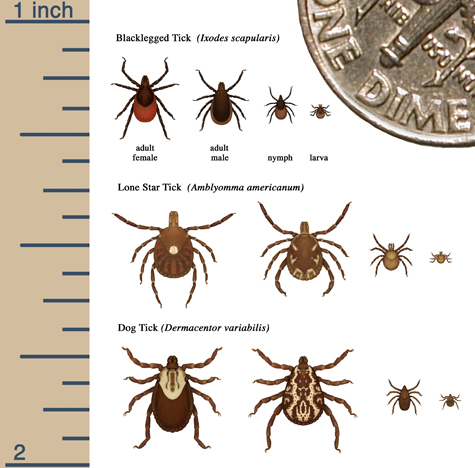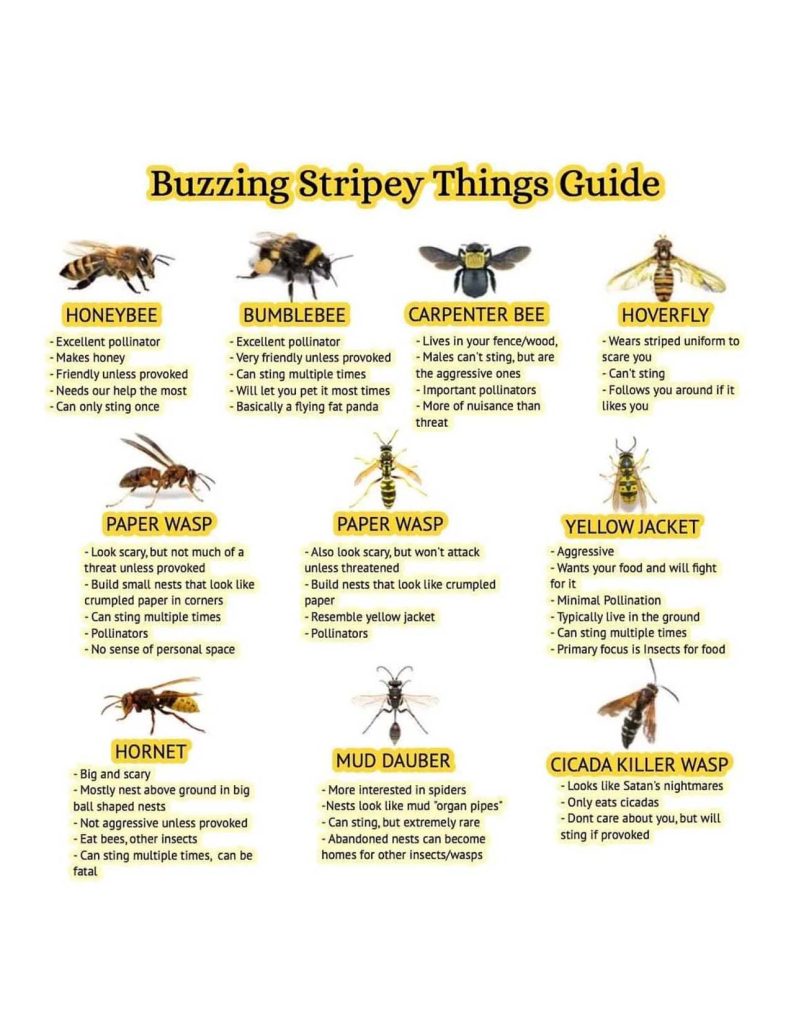
Outdoor Safety
Who doesn’t love being outside? On weekends and over vacation, the kids are home from school, and it can be a great chance to relax and spend quality time together. Whether you’re planning on spending time by the pool or beach, going on a hike, or simply lounging in your backyard, there are a few things to keep in mind to ensure when enjoying the great outdoors. Here you can learn about safety around plants, bug bites and stings. Learn more with our pages on Weather Safety and Water Safety for more.
Plants
Connecticut is full of beautiful foliage but it is important, especially with young children, to know what plants are safe and which plants are not. This is not an exhaustive list, but rather just a highlight of plants to watch out for. Prevention is best when it comes to accidental poisoning; teach children never to put any plant parts in their mouths as many plants are toxic when ingested (even in small amounts).
If you think your child swallowed something potentially poisonous, use the webPOISONCONTROL® online tool or call Poison Control at 1-800-222-1222. Help is available 24 hours a day, online or by phone.
Poison Ivy, Poison Oak, and Poison Sumac
Urushiol is the oil in Poison Ivy, Poison Oak, and Poison Sumac that causes them to itch. Urushiol is not a poison but rather an allergen which is why it causes an itchy rash. The easiest way to prevent reaction to these plants is to prevent contact. Making sure areas are clear of poison ivy/oak/sumac before letting children play and teaching them “Leaves of three, let them be” (though this saying does not apply to Poison Sumac). Learning to identify these plants is important but tricky as their appearances can change throughout the year due to various environmental factors.
Stinging and Burning Nettles
Stinging and Burning Nettles are plants from the same family that have small hairs on their leaves and stems that can cause, as the name suggests, a stinging or burning sensation resulting in an itchy rash. As with Poison Ivy/Oak/Sumac, it is best to make sure the area your child is playing in is free of nettles as well as teaching them how to identify and avoid it.
Learn More about Poisonous Plants
https://portal.ct.gov/CAES/Fact-Sheets/Plant-Pathology/Poisonous-Plants
https://www.poison.org/articles/plant
https://www.poison.org/articles/poison-ivy-oak-and-sumac
https://www.connecticutchildrens.org/health-library/en/parents/poison-ivy/
https://www.healthychildren.org/English/health-issues/conditions/skin/Pages/Poison-Ivy-Poison-Oak.aspx
Bug Bites and Stings
With the warmer weather comes more bugs, and while many insects are harmless there are some to keep an eye out for. As with the section on plants, this is not a complete list of every insect to watch out for but highlights some common ones to keep an eye out for. One of the best ways to prevent a variety of bug bites is with insect repellant. Learn about the approved safe and effective insect repellants and how to best apply them here.
Wearing light-colored, long sleeves and closed-toed shoes can also help reduce the risk of insect bites and stings.
Learn more about general Insect Bites and Stings
https://www.connecticutchildrens.org/health-library/en/parents/insect-bite/
https://www.connecticutchildrens.org/health-library/en/parents/insect-stings-sheet/
https://www.healthychildren.org/English/health-issues/conditions/from-insects-animals/Pages/How-to-Protect-Your-Child-from-Insect-Stings.aspx
https://www.healthychildren.org/English/health-issues/conditions/from-insects-animals/Pages/Identifying-Insect-Bites-and-Stings.aspx
Ticks
Ticks are a type of arachnid (like spiders) that are quite common in Connecticut. When they bite they bury their head into the skin, making them hard to remove. Depending on the type of tick and how long they have been embedded, there is a chance to get illnesses like Lyme Disease.
If you or your child is bitten by a tick, it can be submitted for testing at the South Central Health District office in Southington for $5, Monday through Friday.
You can also send ticks to the Connecticut Agricultural Experiment Station in New Haven, submit a Form with the tick(s) to CAES by going to their website for more information here.
Learn more about ticks at
https://www.connecticutchildrens.org/summer-safety-kit/tick-safety-tick-check/
https://www.cdc.gov/ticks/index.html
https://portal.ct.gov/DPH/Epidemiology-and-Emerging-Infections/Ticks
Mosquitos
Mosquitos are a common flying insect that can spread viruses and parasites through their bite. In Connecticut, there are 54 species, less than half of which are considered a pest to humans. Mosquitoes can carry diseases like Eastern Equine Encephalitis (EEE), Malaria, West Nile Virus and more.
Learn more about mosquitoes at
https://www.cdc.gov/mosquitoes/mosquito-bites/prevent-mosquito-bites.html
https://portal.ct.gov/Mosquito
Bees and Wasps
Bees, Hornets, and Wasps are flying, pollinating insects that often sting as a defense mechanism. Most of these insects will not sting unless they are scared (e.g. being swatted at) or if you are in the nest/hive of a territorial species. Bees and wasps tend to be found in gardens, orchards, and even around garbage cans.
Learn more about Bees and Wasps
https://portal.ct.gov/-/media/CAES/DOCUMENTS/Publications/Press_Releases/2020/CAES-Press-Release-Native-Cicada-Killer-vs-Giant-Asian-Murder-Hornet-8-4-2020.pdf
https://www.healthychildren.org/English/health-issues/conditions/from-insects-animals/Pages/How-to-Protect-Your-Child-from-Insect-Stings.aspx
https://www.connecticutchildrens.org/health-library/en/kids/bee/
https://www.healthychildren.org/English/tips-tools/symptom-checker/Pages/symptomviewer.aspx?symptom=Bee+or+Yellow+Jacket+Sting


